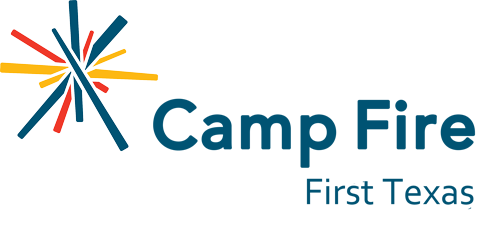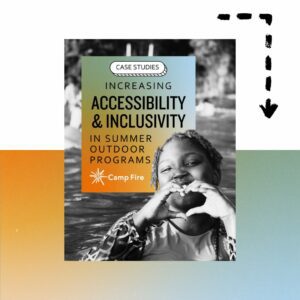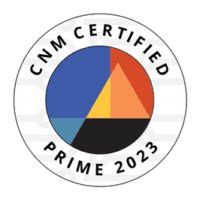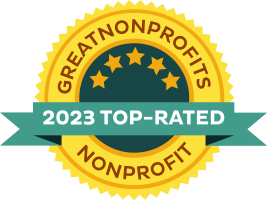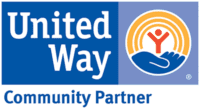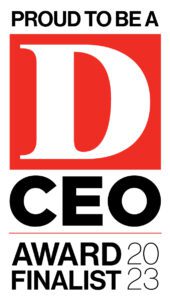This blog previously appeared on CampFire.org.
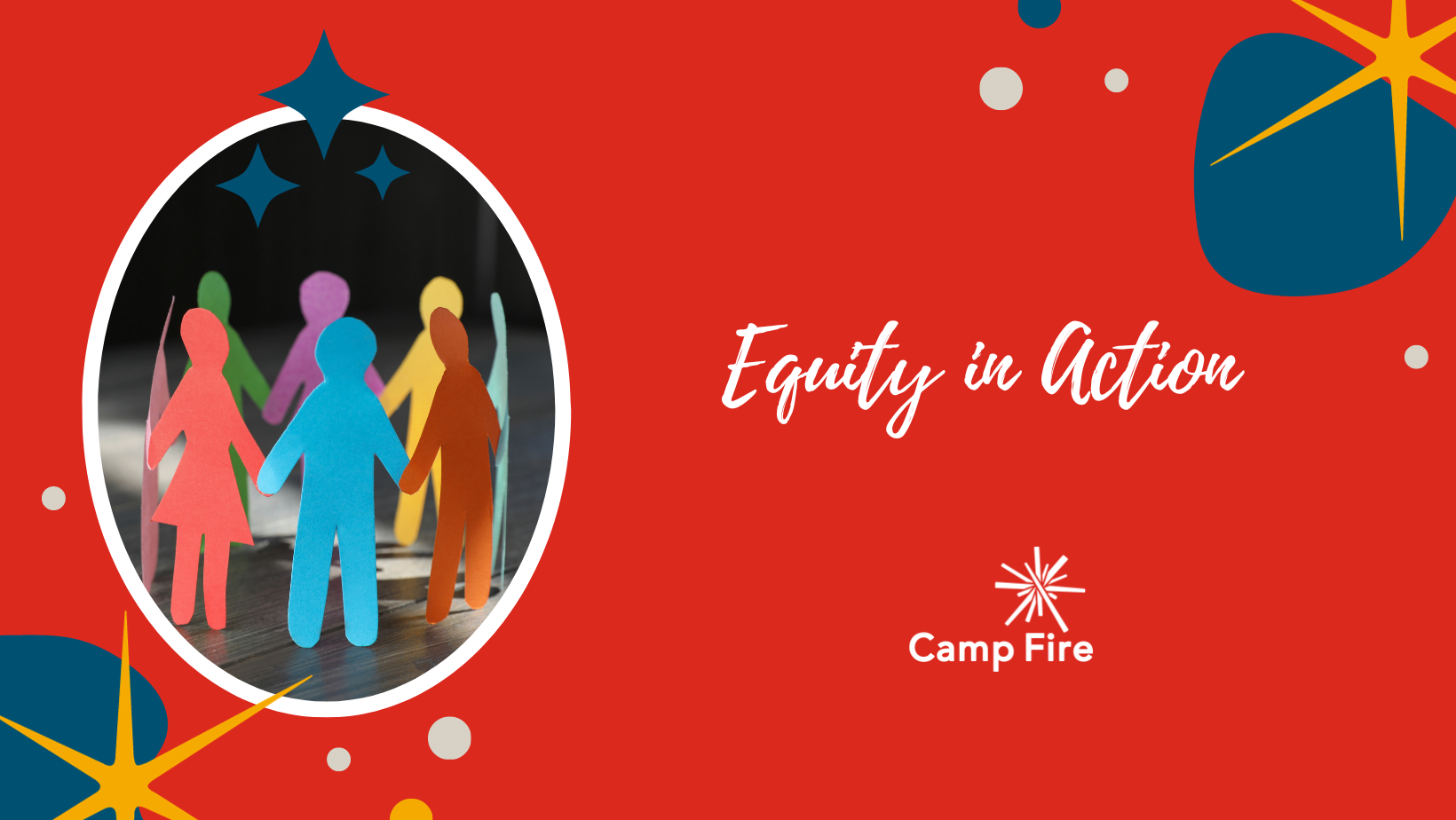
What do you think of when you think about equity? Fairness? Equality? Acting justly?
When we talk about equity at Camp Fire, we’re not talking about an unreachable ideal. We’re not focusing on a simplistic, everybody-gets-the-same-size-slice-of-pizza approach. We mean an inclusive value that is alive, nuanced and, frankly, difficult.
We’re committed to fairness that does the hard work to remove barriers. We’re working towards equity that wants everyone to have what they need to thrive—but also understands all the diverse places we start from and the very different things that get in our way. We mean we are committed to taking action to bring awareness to and change to systems that promote racism, sexism, white supremacy and other oppressions.
We’re focused on equity in action. We want to be a more equitable organization, and that takes work! We wanted to highlight some of the changes our Camp Fire affiliates have made recently to create more equitable camping opportunities. Pay attention to how much cooperation, conversation and communication it took for each of these camps to become places where more young people can belong. That’s hard-working equity!
s p a c e
Building inclusive and accessible cabins
Camp Fire Columbia
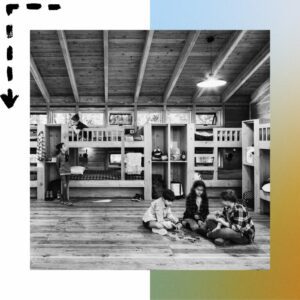 Since 1924, Camp Namanu has been a summer home for Oregon’s young adventurers. In the past few years, Camp Namanu has made belonging a priority by asking how they can better welcome campers who have physical differences, financial limitations or come from traditionally marginalized communities. The camp took a methodical approach to recent updates, using audits and focus groups to narrow in on the changes that would make the most impact. They were supported by committed leaders, an experienced board, diverse funding sources and transparent communication with their whole community. Those intentional conversations led to three transformational projects:
Since 1924, Camp Namanu has been a summer home for Oregon’s young adventurers. In the past few years, Camp Namanu has made belonging a priority by asking how they can better welcome campers who have physical differences, financial limitations or come from traditionally marginalized communities. The camp took a methodical approach to recent updates, using audits and focus groups to narrow in on the changes that would make the most impact. They were supported by committed leaders, an experienced board, diverse funding sources and transparent communication with their whole community. Those intentional conversations led to three transformational projects:
- ADA-accessible updates: In the progress-not-perfection mindset, the camp wanted to make their cabins more accessible for campers with disabilities, even if the camp itself couldn’t be completely ADA-compliant because of its mountainous location. They added shower and toilet bars, ADA ramps, and an accessible, electric golf cart for easier transportation.
- Gender-inclusive features: Namanu designed new cabins with private changing, showering and toilet spaces to help reduce camp stress for trans and non-binary campers.
- Neurodivergent considerations: Campers who are sensitive to sensory input now have more comfortable cabins with thoughtful elements like dimmable, sound-free lighting and windows that open.
Camp Namanu said these changes helped bring new families to camp, welcome more trans and non-binary campers and staff into their community, and maintain strong alumni relationships.
Creating an inclusive swimwear policy
Camp Fire Heart of Iowa
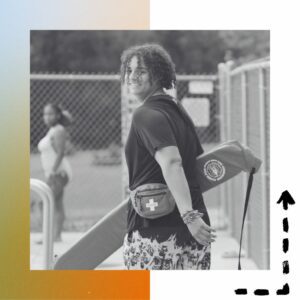 Camp Fire Heart of Iowa has been creating places of belonging since 1919 and is looking for ways to make camp safer and more affirming for all campers. The camp was welcoming more campers identifying as LGBTQ2S+ and wanted to create a swimsuit policy that would be inclusive, not body shaming, and embraced by families with diverse backgrounds and financial means.
Camp Fire Heart of Iowa has been creating places of belonging since 1919 and is looking for ways to make camp safer and more affirming for all campers. The camp was welcoming more campers identifying as LGBTQ2S+ and wanted to create a swimsuit policy that would be inclusive, not body shaming, and embraced by families with diverse backgrounds and financial means.
Camp Fire Heart of Iowa collaborated with Camp Fire National Headquarters and Iowa Safe Schools to craft the new policy: Everyone at camp would wear swim gear that covered their tops, clavicle to stomach, and some kind of swim bottoms. The Friendship Fund helped the camp purchase extra swim shirts for campers who needed them, and the camp led an effective communication plan that emphasized the inclusion, safety and health benefits of the new policy.
Camp Fire Heart of Iowa reported that the new policy helped trans, non-binary and other LGBTQ2S+ campers feel like they belonged. As promised, the brightly colored swim shirts also increased water safety and reduced sunburns!
Expanding leadership program access
Camp Fire Alaska
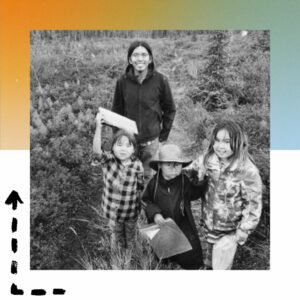 Camp Fire Alaska has been helping campers experience the wilderness at Camp K since 1966. Recently, the camp noticed that many older teens were opting to get summer jobs instead of returning to camp. With a grant from the American Camp Association, Camp K developed a month-long Leadership in Training (LIT) program with young people from rural and Indigenous communities in mind. In its first year, Camp K flew in LIT participants from around the state and provided room, board and a $500 stipend — essential for reducing participation barriers. The LIT teens learned the basics of youth programming, built their leadership skills, and discovered their individual leadership strengths.
Camp Fire Alaska has been helping campers experience the wilderness at Camp K since 1966. Recently, the camp noticed that many older teens were opting to get summer jobs instead of returning to camp. With a grant from the American Camp Association, Camp K developed a month-long Leadership in Training (LIT) program with young people from rural and Indigenous communities in mind. In its first year, Camp K flew in LIT participants from around the state and provided room, board and a $500 stipend — essential for reducing participation barriers. The LIT teens learned the basics of youth programming, built their leadership skills, and discovered their individual leadership strengths.
Camp K said LIT participants appreciated having a safe space for self-exploration, practicing new skills and growing in confidence. The camp wants to continue to deepen collaboration with rural and Indigenous communities, increase cultural competence and relevance, and continue to raise awareness of the program.
“By design, the hope is that we are not only diversifying the camp environment for campers and for staff, but also building workforce pipelines for both our sleepaway camp as well as our rural program that’s working on the local workforce development.”
— Melanie Hooper, CEO, Camp Fire Alaska
These are just three ways Camp Fire affiliates are working to create more equitable camp experiences, where all are welcomed and all belong. Are you passionate about equity, inclusion and belonging? Help us continue to build equitable, accessible and inclusive youth programs. Donate to Camp Fire this Giving Tuesday, November 28.
